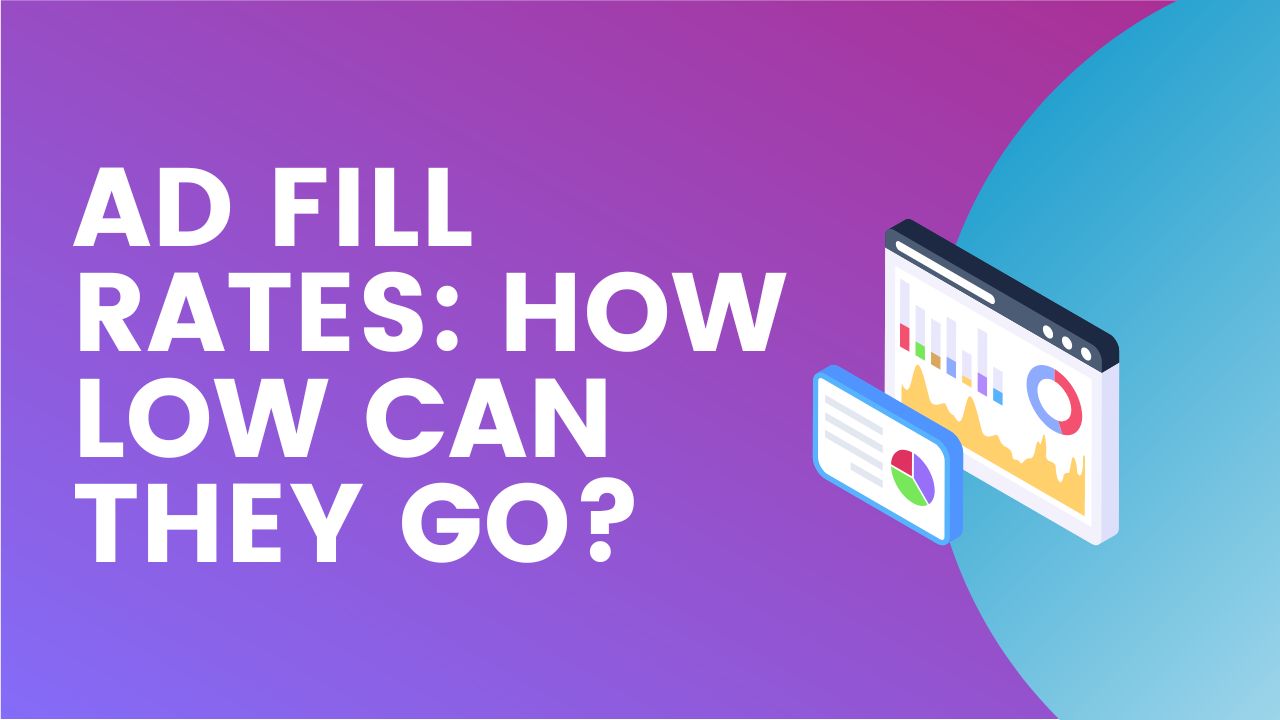
This post was most recently updated on June 8th, 2020
WordPress is a powerhouse content management system with over 24% of websites globally using the platform, making it a massive target for hackers and malicious malware. Word Press is open-source, which also means its code is visible to anyone. This makes the platform prone to hackers who want to infect websites, insert malicious code and take control of them. You need to understand first who, why, and how they are attacking your WordPress site before you choose an adequate WordPress security solution.
In this article will give you the insight to keep your WordPress site safe and secure from threats. I am also going to provide you with the security vocabulary to help you communicate with system admins and security experts.
With WordPress, hackers continuously try to find security holes through software used to run each website. This way, they can corrupt as many sites as possible using automated attacks. Most hackers look for what is called “zero-day” security holes in WordPress. A Zero-Day vulnerability refers to the days when a vendor tries to find out what a threat is before taking any action.
WordPress security is one thing, but what about protecting your ad accounts from ad fraud and invalid traffic? Find out how you can do that with Traffic Cop and never risk getting your ad network accounts banned again!
Generally, attackers who prey on your WordPress site consist of any of the following:
Hackers have changed their tactics, and they rarely attack websites manually. Contrary to everyone’s thinking, general websites are not that special for anyone to attack them manually. However, the level of sophistication in a human attack is far greater than attacks from single bot or botnet. With human attacks, one can control and speed up the infection process without being detected.
Human attackers can often fly under the radar and cause more significant damage than bots without raising any substantial alarm to the website’s owner. Usually, human attackers target important sites with sensitive information or those that are financially lucrative to invade.
Professional hackers write bots programs that target websites with vulnerabilities. Hackers prefer bots because they can quickly spread infections to many sites. This helps them save time instead of visiting every website looking for security holes to hack into during WordPress maintenance. Individual programs that run a single machine are called bots while botnet is a network of bots with multiple versions trying to hack numerous sites.
Most WordPress attacks are carried out by robots which are more aggressive and less sophisticated than human attacks, making them easy to detect. Unfortunately, the bots pry on zero-day vulnerabilities to spread their infection to other WordPress websites.
A hacker’s goal is to gain access to your WordPress site at the administrative level to read files and data in your website’s database. They can also manipulate the database and modify files to their convenience. They want access so that they can:
Hackers usually use two strategic stages to launch an attack on any website.
The act of getting into your website is called exploitation. There are many database vulnerabilities and technical details listed online, making it easy to exploit a site. Attackers use several entry points during exploitation. These are:
One of the best ways to protect your WordPress website is to do frequent updates. It is also advisable to be up to date with new vulnerabilities that occur every day. Here are a few safety precautions that will help you.
As a publisher, your website is a critical part of your business. Any hacks can cause serious damages to your business, brand, ad revenues, and ad network accounts!
Be sure to take all possible precautions to ensure that your data and files are protected. Attacks are carried out every day, and they keep on changing. By taking precautions and using the latest security plugins and firewalls, you will be protecting all your investments.
Also, don’t forget about ad fraud and invalid traffic. Invalid traffic and bot traffic sent to your site can result in you losing your ad network accounts. Once you’ve lost your ad network accounts, most of the time, there’s no getting them back. Protect your ad network accounts and ad revenues by signing up to Traffic Cop today!
Naman Modi is a Professional Blogger, SEO Expert & Guest blogger at NamanModi.com, He is an Award-Winning Freelancer & Web Entrepreneur helping new entrepreneurs launch their first successful online business.

Kean Graham is the CEO and founder of MonetizeMore & a pioneer in the Adtech Industry. He is the resident expert in Ad Optimization, covering areas like Adsense Optimization,GAM Management, and third-party ad network partnerships. Kean believes in the supremacy of direct publisher deals and holistic optimization as keys to effective and consistent ad revenue increases.



10X your ad revenue with our award-winning solutions.